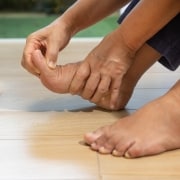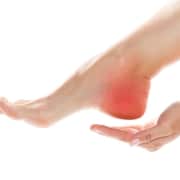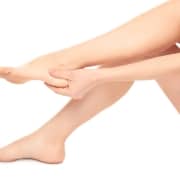Runners and Heel Pain: What’s Normal
Running offers numerous benefits for the athlete, but there’s a reason why not everyone signs on for this type of exercise. The pressure that you put on your joints and feet can be enough to scare anyone away, particularly if they have a history of injury. Of course, others love the sport so much that anything short of a broken leg wouldn’t stop them. If you’re a staunch runner who’s happy to work through heel pain in Austin, TX, you should at least know the score before you get back out there.
What Causes Heel Pain?
The most common cause is plantar fasciitis, also known as an irritation of the tissue on the bottom of your foot. If you have it, it might be because of the age of your shoes, the speed of your strides, or the surface upon which you run. In some cases, it might just be due to plain old genetics. Less common causes include a pulled muscle or muscle imbalances.
Is the Pain Normal?
The short answer to this question is no, heel pain is a sign that something is going wrong as you run. The much bigger question is whether you really need to take action? Some people can run through heel pain and still have it clear up a few days later. Others might find themselves in a chronic pain situation.
Visit a Podiatrist in Pflugerville
The best way to tell if your heel pain is normal is to visit an expert. If you could use a reputable podiatrist in Austin or Pflugerville, TX, Dr. Jeffrey Lamour, DPM, PA, has two locations for his patients. If you’ve noticed that your heel pain is either off and on or it’s been going on quite sometime now, he’s the one to talk to.












